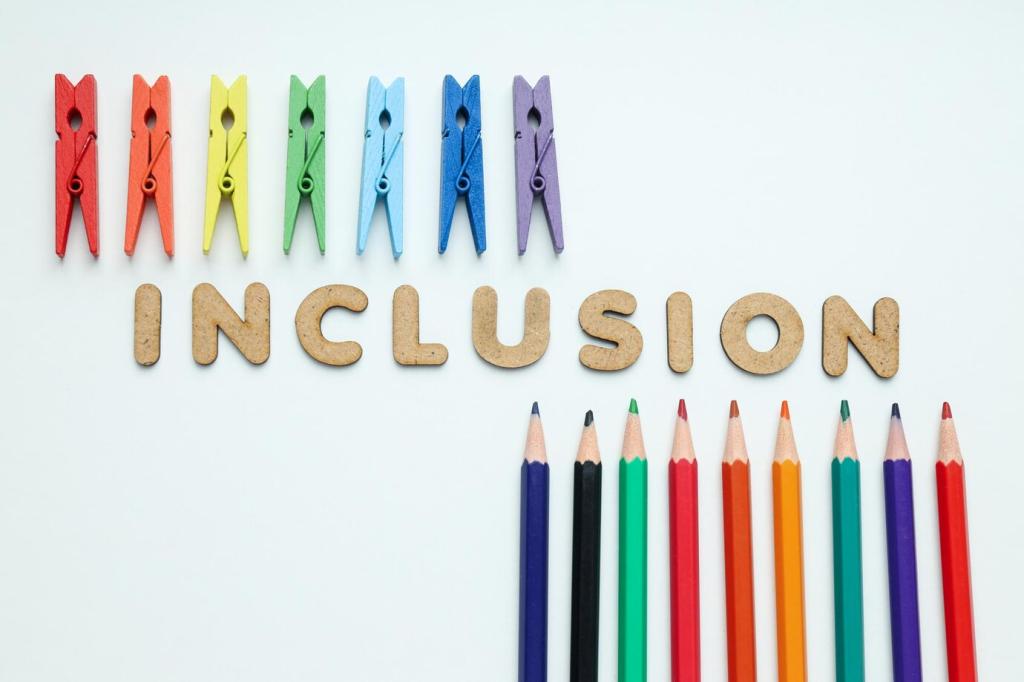Developing Cross-Cultural Communication Skills: Connect, Collaborate, Thrive

Understanding Cultural Dimensions in Everyday Conversations
In high-context cultures, much is implied; in low-context cultures, clarity is explicit and prized. Practice asking warm, nonjudgmental clarifying questions to surface hidden assumptions. Share a time you decoded an indirect hint or benefited from concise, direct wording—your story will help others learn.



Language Nuance and Nonverbal Signals
Replace region-specific idioms with concrete phrasing. Instead of “let’s not boil the ocean,” say “let’s narrow scope to two priorities.” Your message becomes clearer and kinder. Keep a running list of phrases to avoid and their plain equivalents. Add your favorites to the comments for others.


Language Nuance and Nonverbal Signals
Email without vocal cues can sound harsher than intended. Use gentle openers, appreciative closers, and context lines. In direct cultures, keep brevity; in indirect cultures, broaden context and gratitude. Experiment with drafts before sending. What subject line got you the warmest cross-cultural reply?
Practical Tools for Global Teams
Meeting Rituals That Include Everyone
Start with a quick context recap, clarify decisions versus discussions, and end with actions and owners. Rotate scribes and timekeepers. For mixed styles, alternate between open dialogue and structured rounds. What meeting ritual keeps your cross-cultural calls effective? Invite teammates to try it this week.
Feedback Frameworks Across Cultures
Use SBI (Situation–Behavior–Impact) or feedforward to keep feedback concrete and future-focused. Agree on when to deliver direct notes privately versus publicly. Pair praise with specifics, not generalities. Drop a comment with one sentence starter that makes difficult feedback easier across different expectations.
Digital Etiquette and Time Zones
Adopt a shared calendar with respectful quiet hours. Label urgency clearly and add summaries atop long threads. Record meetings for absentees and ask for asynchronous input. Which tools saved your team from midnight pings or missed context? Share your stack and settings so others can adapt.
Resolving Conflict Without Losing Face
Understanding Face and Harmony
In face-sensitive contexts, public critique can wound. Offer alternatives privately, frame suggestions as joint experiments, and affirm competence. Ask permission before escalating. Tell us how you maintain harmony while still surfacing issues that matter—your approach can guide someone stuck today.
Direct vs. Indirect Disagreement Styles
Some teams value candid challenge; others prefer gentle signals or silence. Create a shared signal for cautious dissent, like “I have a concern.” Normalize curiosity questions. What phrase helps you disagree respectfully across styles? Post it so we can build a community playbook together.
A Mediation Checklist That Works
Name the issue neutrally, separate people from problems, clarify interests, and co-create small, testable commitments. Close with a summary and gratitude. Follow up in writing to anchor trust. Have you piloted a checklist like this? Share your version and results to inspire iterative improvements.
Inclusive Presentations and Storytelling Across Cultures
01
Visuals Without Cultural Blind Spots
Avoid flags as shorthand for culture and watch for colors with strong local meanings. Use diverse names and examples. Provide captions for screenshots and transcripts for videos. What slide tweak made your message land better globally? Share before-and-after insights for fellow presenters.
02
Examples, Metaphors, and Fairness
Swap sports or idioms that not everyone knows for universal human experiences—learning, journeys, puzzles. Offer two short examples from different regions to widen resonance. Invite your audience to contribute their metaphors in chat. Which inclusive analogy has become your reliable bridge?
03
Facilitating Q&A for Every Voice
Mix live questions with anonymous forms for those who dislike public speaking. Pause longer than feels normal to allow reflection and translation. Summarize questions aloud for clarity. What Q&A technique unlocked quieter voices on your team? Add it so others can try it tomorrow.
A 30-Day Micro-Practice Challenge
Pick one micro-practice each day: replace an idiom, ask a clarifying question, or mirror a meeting style. Track wins and surprises. Post your day-one intention in the comments, then return weekly with reflections. Consistency compounds—invite a colleague to join you for accountability.
Reflective Journal Prompts That Deepen Insight
Try prompts like: What value did I notice beneath today’s disagreement? Which cue did I misread and how will I recalibrate? What did I appreciate? Share one insight from your journal, and we’ll feature community highlights in future posts—subscribe so you don’t miss them.
Join, Share, Subscribe
Your stories power this learning space. Comment with a cross-cultural win or question, invite teammates, and subscribe for weekly tools on Developing Cross-Cultural Communication Skills. Together we can turn differences into creative fuel and make global collaboration feel human, kind, and effective.

